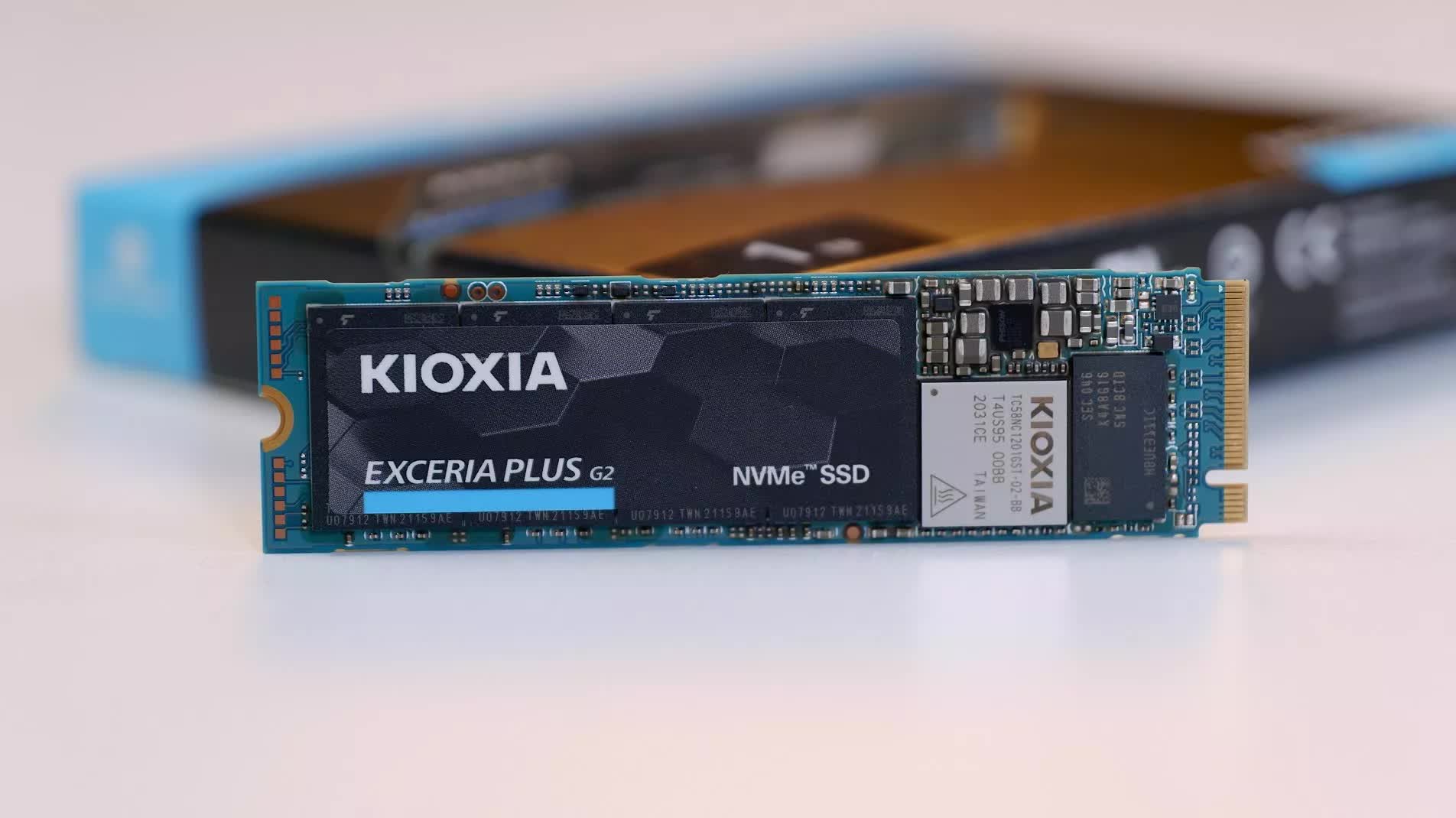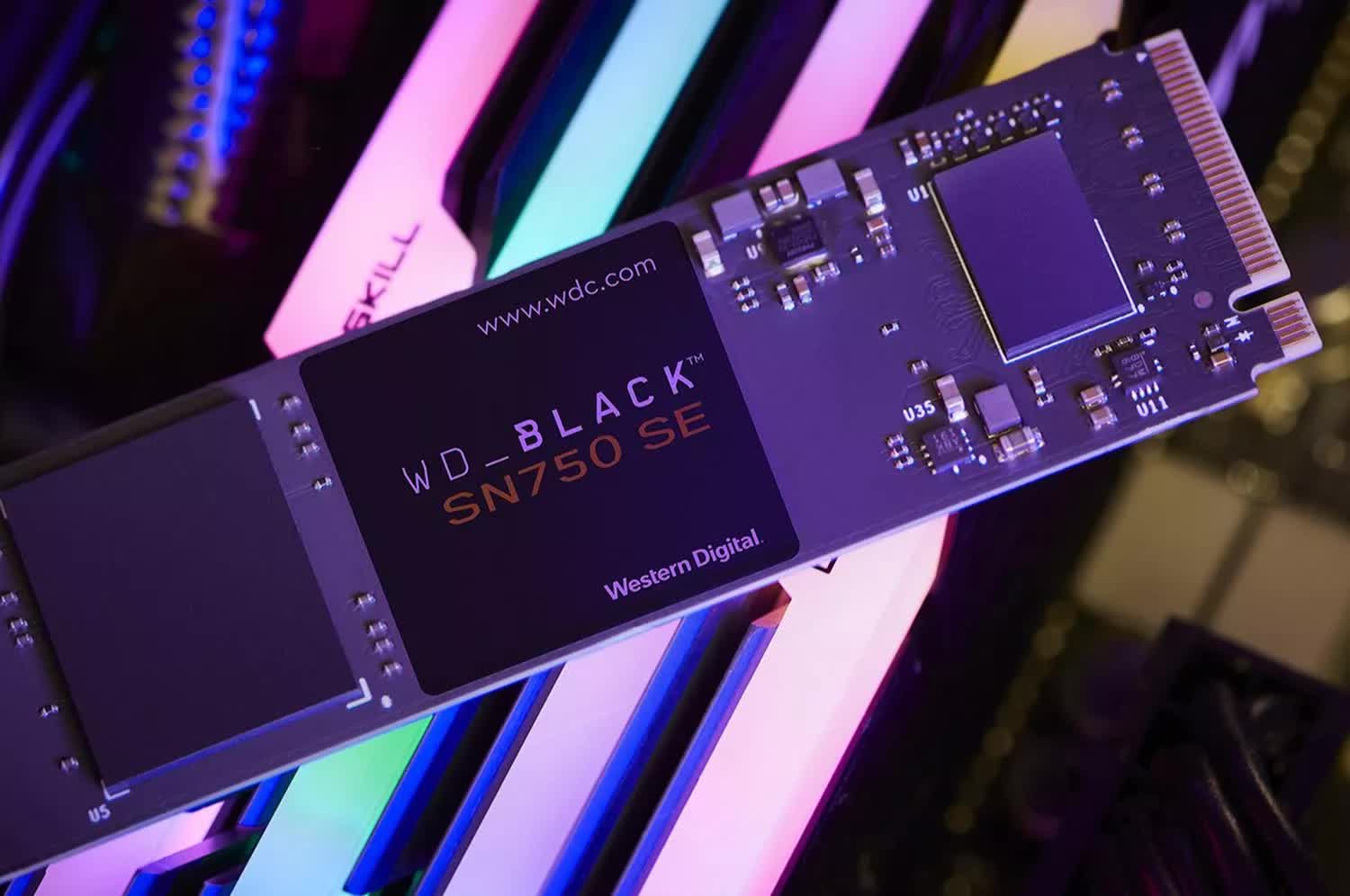Forward-looking: Japanese memory maker Kioxia has some encouraging news that could supercharge SSD densities. At the International Workshop on Memory Technology in Seoul, the company laid out an ambitious roadmap to reach a staggering 1,000 layers of 3D NAND flash by 2027. But getting there will be no easy feat.

Kioxia's projections, as covered by the Japanese outlet PC Watch, extrapolate from past trends and improve upon existing NAND cell technology. The company expects NAND die density to hit 100 Gbit/mm² with 1,000 memory cell layers just three years from now. To achieve this, the rate of increase would have to be maintained at 1.33 times per year.
3D NAND layer counts have indeed rapidly increased, from just 24 layers in 2014 to 238 layers in 2022 – a tenfold jump in under a decade. Last year, SK Hynix even showcased a sample of 321-layer 1 Tb TLC 4D NAND chips.
However, scaling to quadruple-digit layer counts is no easy feat. According to storage news site Blocks & Files, achieving higher densities with 3D NAND isn't merely about adding more layers to the chip. Each layer requires an exposed edge to enable connections between memory cells, resulting in a staircase-like die profile. Therefore, as the layer count is increased, the area consumed by the staircase structure grows substantially, offsetting some of the density gains.

To compensate for this, memory makers need to shrink NAND cells both vertically and laterally while transitioning to QLC NAND, packing 4 bits per cell compared to today's TLC technology. Channel resistance and signal noise also turn into growing pains as layers increase.
While Kioxia has plausible solutions for these technical roadblocks, a looming question remains around the economics and financial viability of such an aggressive push.
Kioxia's manufacturing partner, Western Digital, has reportedly expressed concerns about ballooning NAND fab costs outpacing revenue growth. The two companies have already announced their BiCS 8 technology with 218 layers and have discussed BiCS 9 and 10 with up to 400+ layers. However, a 1,000-layer node seems like an ambitious long-term goal that may test WD's appetite for heavy fab investments.
The lengths Kioxia will go to achieve the memory density of its dreams remain to be seen. The manufacturer is currently locked in a race with Samsung, making the 1,000-layered prize a lucrative target. Tough negotiations with Western Digital on the pace and timing of future NAND scaling nodes likely lie ahead.
Massive SSD density boost is on the horizon thanks to Kioxia's 1,000-layer NAND plan